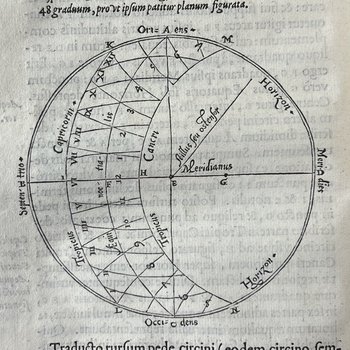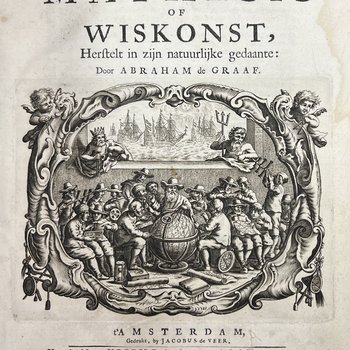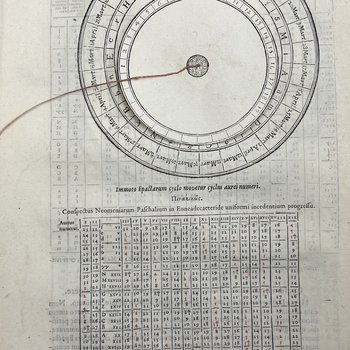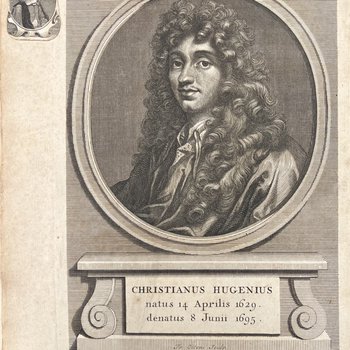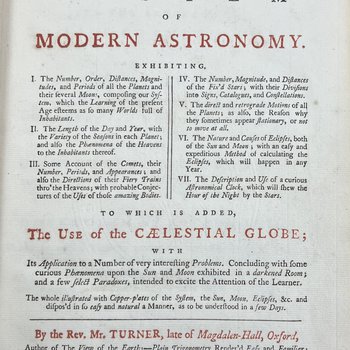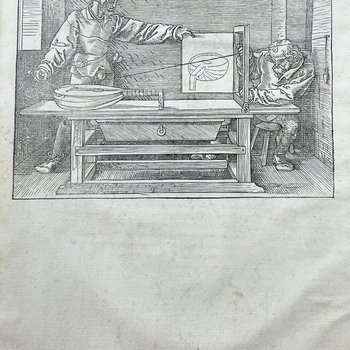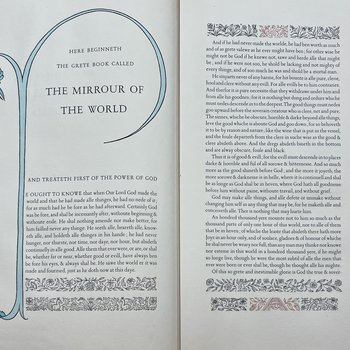The history of science is riddled with genius ideas, complex inventions, and bizarre theories, but one thing that has stayed consistent for centuries is the use of images to communicate these difficult concepts. Though the power of images has always been honored as a teaching tool, around the 14th-century, western European scholars began to actively incorporate diagrams and illustrations into their scientific writings as a way to make these texts more accessible for non-academics. This trend was part of a larger cultural movement to make science more practical for laborers, craftsmen, and other professionals through the development of scientific instruments, tools, and explanatory writings.
This exhibition explores books and manuscripts that exemplify historical trends in visual scientific communication and analyzes the ways in which these practices were or were not effective in their efforts to aid readers in understanding the books’ contents. As you explore the exhibit, consider the ways the images and visuals you see everyday aid you in understanding the social, cultural, and physical world around you.
This exhibit was made possible with support from the Caine College of the Arts and the USU Honors Program.


